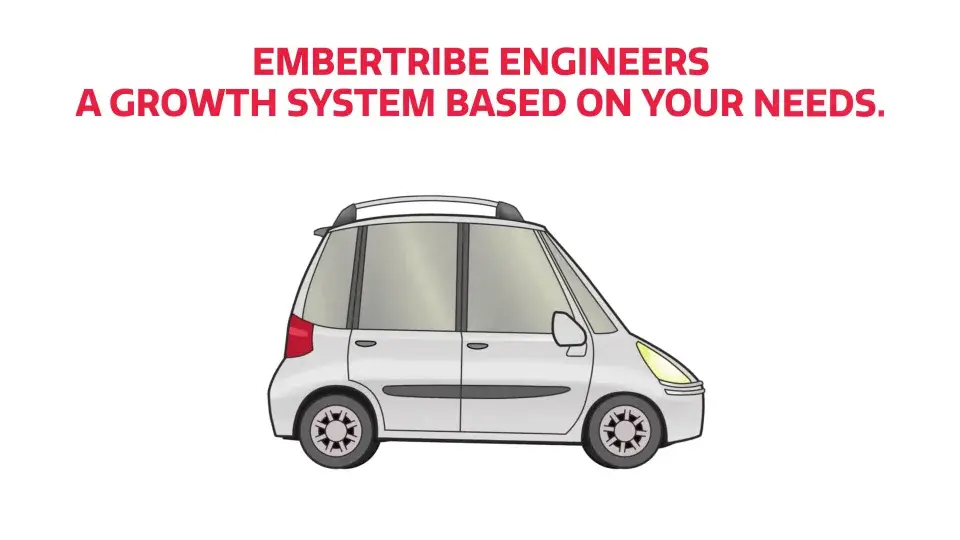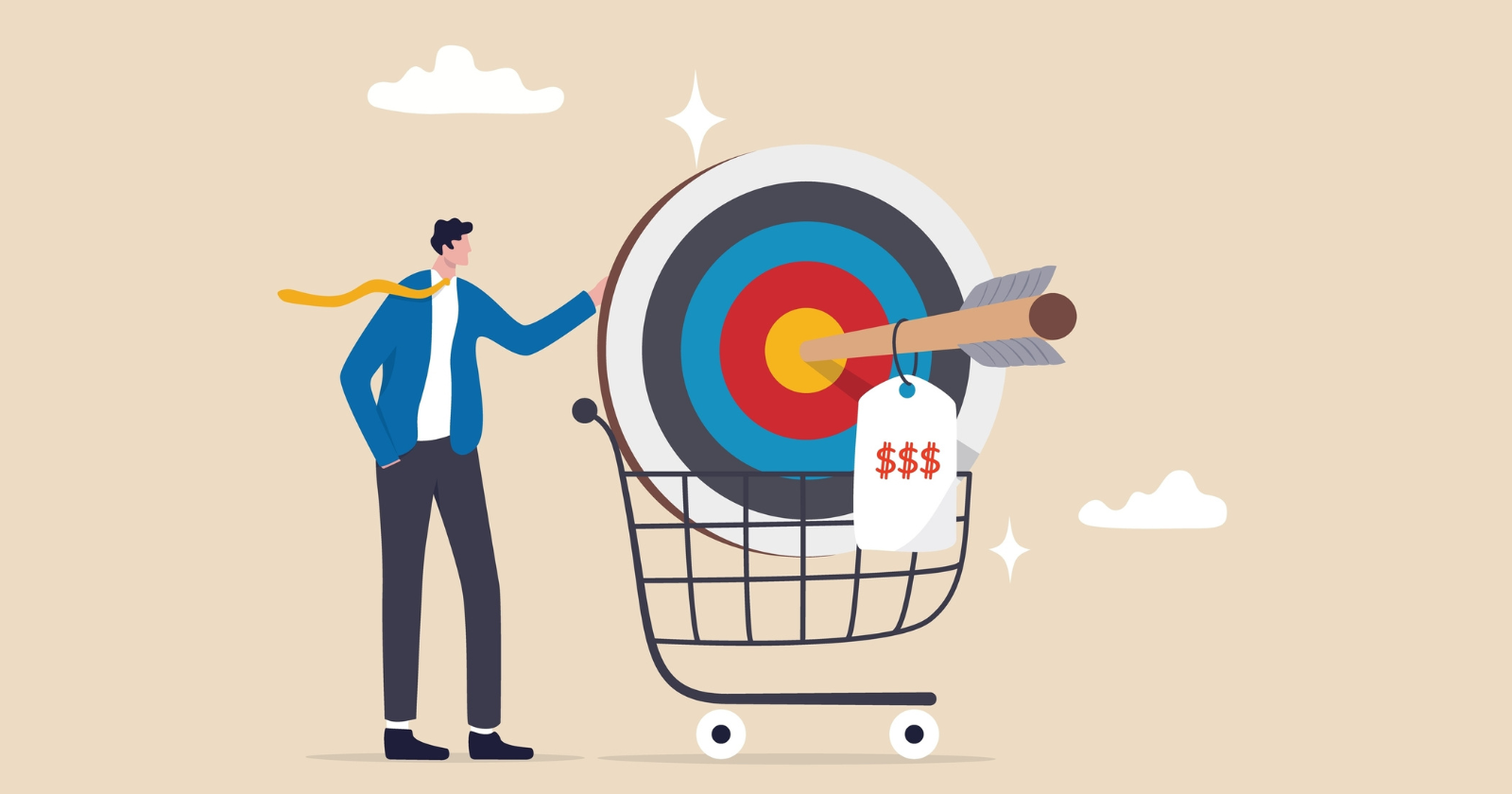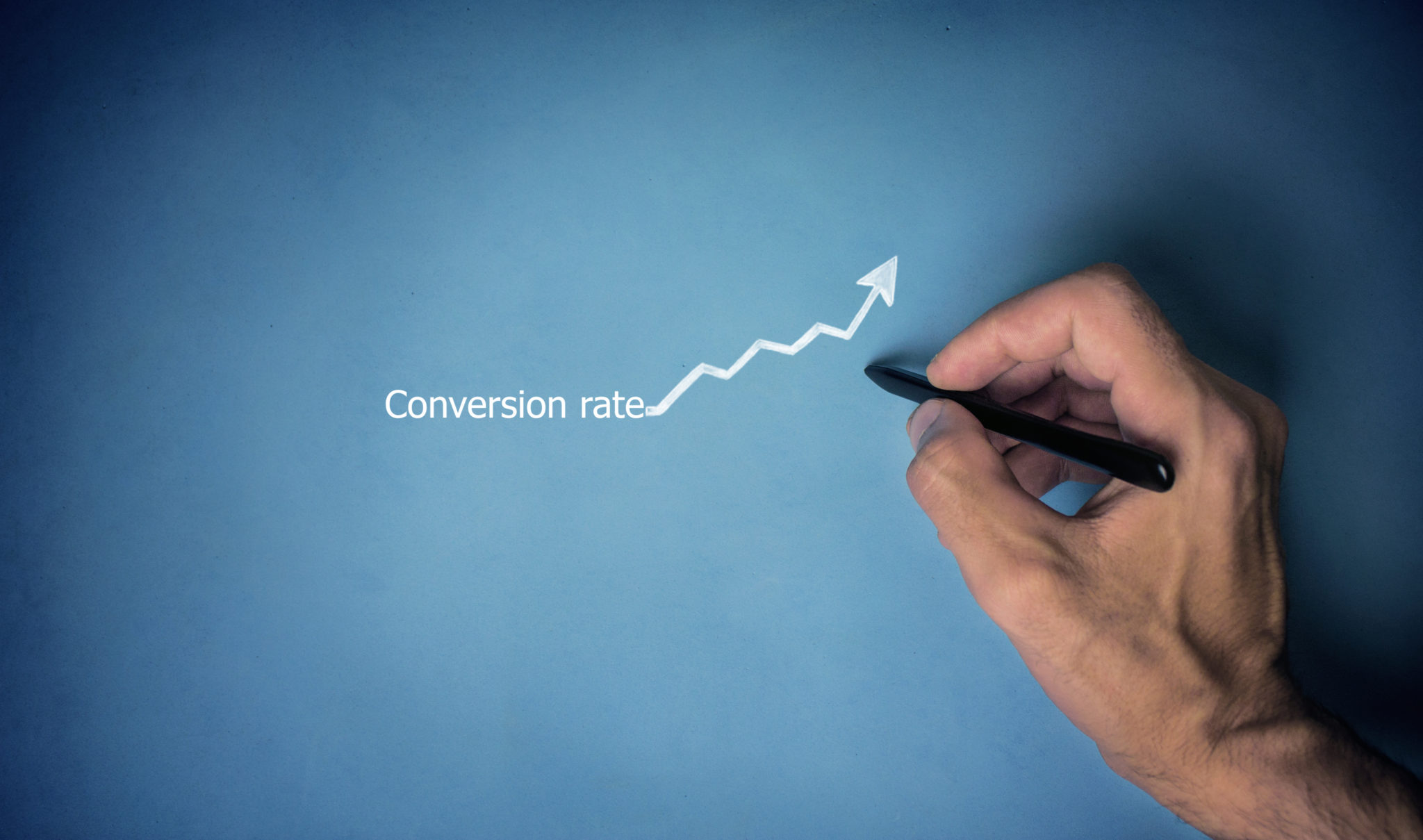Unlocking Growth: Conversion Rate Optimization Best Practices
Where user attention is a scarce commodity, conversion rate optimization (CRO) emerges as a crucial discipline for business seeking to maximize their clients' returns. Effective CRO goes beyond tweaking website elements; it's a holistic approach that involves understanding user behavior, refining user experience, and continuously iterating for optimal results. In this article, we'll explore key strategies and best practices to empower any business in their quest to convert more effectively.

Part 1: The Conversion or Sales Funnel
The foundation of successful conversion rate optimization lies in a deep understanding of the conversion funnel. From awareness to conversion, users navigate through distinct stages, and each stage presents a unique set of challenges and opportunities. By dissecting the funnel, marketers can tailor strategies that resonate with users at each touchpoint, ultimately driving higher conversion rates. There has been different segmentations of the funnel. Overall, it consist in the following parts:
1. Awareness: The top of the conversion funnel is where users first become aware of your client's brand or product. At this stage, focus on creating compelling and relevant content through various channels such as social media, content marketing, and paid advertising. Tailor your messaging to grab attention and generate interest, enticing users to explore further. Utilize analytics tools to understand the sources of incoming traffic and the effectiveness of your awareness campaigns. By tracking metrics like impressions, reach, and engagement, you can refine your approach to ensure that your client's brand is reaching and resonating with the right audience.
2. Interest: As users move into the interest phase, they seek more information and engagement. Optimize content on your website to provide detailed information about products or services. Implement features like interactive content, blog posts, and educational resources to deepen user engagement. Use lead magnets, such as downloadable guides or webinars, to capture user information for future communication. Analyze user behavior on-site to identify popular content and areas of interest. This data-driven approach helps tailor content to match user preferences, keeping them engaged and nurturing their interest in your client's offerings.
3. Consideration: During the consideration phase, users are evaluating options and comparing alternatives. Ensure that your client's website provides clear product/service differentiation, customer reviews, and comparison tools. Implement live chat or chatbots to address user queries promptly. Use retargeting ads to stay top-of-mind for users who have shown interest but haven't yet converted. A/B test different elements on product pages, such as pricing structures or feature highlights, to understand what resonates best with potential customers. The goal is to guide users through a thoughtful evaluation process, positioning your client's offerings as the most appealing choice.
4. Intent: At the intent stage, users are demonstrating a strong inclination towards making a decision. Streamline the conversion process by ensuring that your client's website is user-friendly, with clear calls-to-action and easy navigation. Implement persuasive elements such as limited-time offers or exclusive discounts to encourage users to take the final step. Utilize remarketing strategies to re-engage users who may have abandoned the conversion process. Employ exit-intent pop-ups to capture information from users on the verge of leaving, giving you the opportunity to nurture leads and encourage them to complete the conversion journey.

5. Conversion: The conversion stage is the ultimate goal of the funnel, where users take the desired action, such as making a purchase or submitting a form. Optimize conversion paths by minimizing friction, simplifying forms, and ensuring a secure checkout process. Implement trust signals, such as secure payment icons and guarantees, to instill confidence. Continuously test and optimize the conversion process to identify and eliminate any barriers that may hinder users from completing the desired action. Post-conversion, express appreciation and provide clear next steps, whether it's a thank-you page, confirmation email, or a personalized post-conversion experience.
6. Retention: Beyond conversion, the retention phase focuses on cultivating long-term relationships with customers. Is all about loyalty. Implement post-purchase engagement strategies, such as personalized communication, loyalty programs, and exclusive offers for existing customers. Gather feedback through surveys or reviews to understand customer satisfaction and identify areas for improvement. Leverage data analytics to segment and target customers with relevant content and promotions. By nurturing customer loyalty and satisfaction, you not only increase the likelihood of repeat business but also turn customers into brand advocates who can contribute to the awareness and interest stages of the funnel through referrals and positive word-of-mouth.
Part 2: Best Practices for Conversion Rate Optimization
-
Data-Driven Decision Making: Effective CRO begins with meticulous data analysis. Dive into tools like Google Analytics to uncover user behavior patterns, identifying areas of friction and opportunities for improvement. Heatmaps and user recordings provide a visual representation of user interactions, aiding in pinpointing pain points and optimizing the user journey. Armed with data-driven insights, marketers can make informed decisions, prioritize optimizations, and fine-tune strategies for maximum impact, ensuring that every adjustment aligns with the overarching goal of improving conversion rates.
User Persona Profiling: Crafting compelling user personas is fundamental to understanding the diverse needs and motivations of your audience. By creating detailed profiles, marketers can tailor their strategies to resonate with specific segments, delivering personalized experiences that drive engagement. These personas serve as guiding beacons, informing content creation, design choices, and communication strategies. The result is a more targeted and effective approach that speaks directly to the unique preferences of different user groups, fostering a deeper connection and increasing the likelihood of conversion.
Optimizing Landing Pages: Landing pages are the gateway to conversions, demanding meticulous optimization for maximum impact. Start by ensuring swift loading times, a concise and compelling value proposition, and an aesthetically pleasing design. Employ A/B testing to experiment with different layouts, imagery, and copy, identifying the combination that resonates best with your audience. Strategic placement of key elements, such as call-to-action buttons and contact forms, ensures that users are guided seamlessly through the conversion process. A well-optimized landing page becomes a persuasive tool in converting visitors into customers.
Compelling Call-to-Actions (CTAs): Crafting compelling CTAs is an art that combines psychology and design. The language used should be action-oriented and aligned with the user's journey, inspiring them to take the desired step. Experiment with different colors, sizes, and placements to discover the combination that commands the most attention. Consistency in messaging across the site reinforces the CTA's effectiveness, creating a seamless user experience. By making the desired action clear, straightforward, and enticing, CTAs become powerful tools in guiding users towards conversion, turning interest into action.
Mobile Optimization: In an era dominated by mobile devices, optimizing for mobile is not just a preference but a necessity. Responsive design ensures that your client's website looks and functions seamlessly across devices, minimizing bounce rates and maximizing conversions. Prioritize fast loading times on mobile to prevent user frustration and abandonment. User-friendly navigation, concise content, and clear calls-to-action on mobile devices contribute to a positive user experience, fostering trust and encouraging users to engage further. Mobile optimization is a cornerstone of successful CRO, acknowledging and adapting to the changing habits of the modern user.
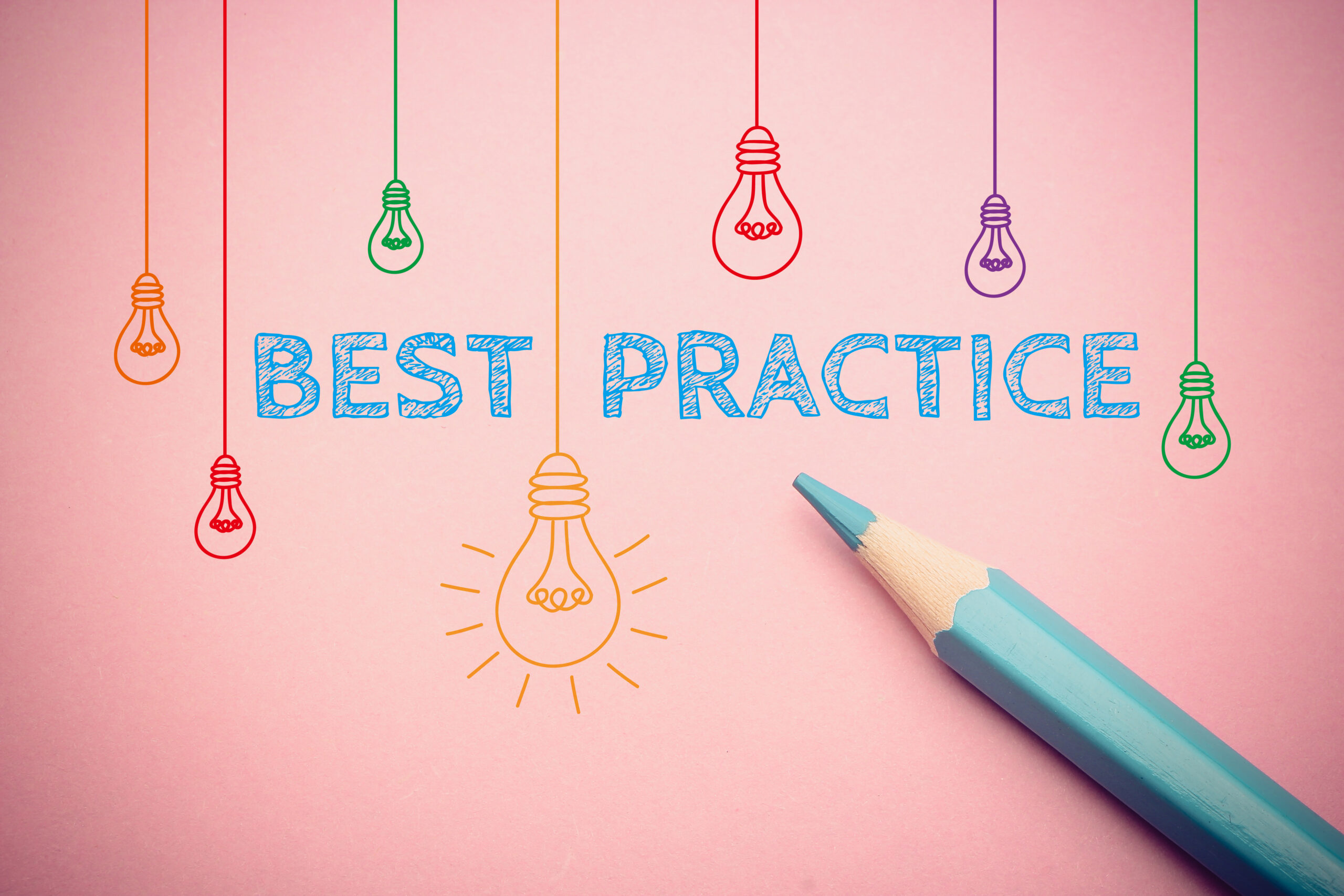
Social Proof and Trust Signals: Building trust is a pivotal element in the conversion journey. Incorporate social proof, such as customer testimonials, reviews, and case studies, to showcase the positive experiences of others. Trust badges, security certifications, and affiliations with reputable organizations act as visual signals that reinforce the credibility of your client's brand. By strategically placing these elements throughout the website, especially on key conversion pages, you instill confidence in potential customers, alleviating concerns and nudging them towards conversion. Establishing trust is a foundational step in converting visitors into loyal customers.
Continuous Testing and Iteration: CRO is not a one-time effort but an ongoing process of refinement and improvement. Embrace a culture of continuous testing, where different elements are regularly subjected to A/B tests and multivariate experiments. This iterative approach allows marketers to stay agile, adapting strategies based on real-time data and user feedback. By remaining responsive to shifts in user behavior and preferences, growth marketing agencies can fine-tune their strategies, ensuring that their client's online presence is always optimized for maximum conversion potential. The journey towards better conversion rates is a dynamic, ever-evolving process.
Part 3: Don't Forget
Mastering the intricacies of Conversion Rate Optimization (CRO) is pivotal for businesses navigating the competitive digital landscape. By delving into the nuances of the conversion funnel and employing a strategic, data-driven approach, marketers can unlock unparalleled growth opportunities for their clients. From creating awareness through targeted campaigns to nurturing post-conversion relationships, each stage demands meticulous attention and tailored strategies. The emphasis on continuous testing, user-centric design, and trust-building elements ensures adaptability in the face of evolving consumer behaviors. As the digital realm continues to evolve, the significance of CRO remains undeniably clear—it is the backbone that transforms fleeting interactions into sustained customer relationships and, ultimately, business success. CRO, then, is not just a practice but a dynamic journey toward perpetual growth and client satisfaction.
Ready to Increase your Conversion Rate?
You need a growth agency that will get to know your business, audiences, and growth opportunities like the back of their hand—and let you in on everything they learn. No secrets, no bull. Just making sparks fly together.

T.j jones
CoFounder EmberTribe
TJ will help you uncover some of the best growth opportunities for your brand in the First Call.
Conversion Rate Optimization Articles
Google ads
cro
Growth Marketing
strategy
email marketing
growth agency
conversion rate optimization
Facebook ads
🛩️ Optimizing Ecommerce CRO for Better Online Performance
Growth Marketing
funnel
strategy
conversion rate optimization
seo agency
📌 CRO Essentials: Drive Revenue with Optimized User Journeys 💼
Growth Marketing
funnel
strategy
conversion rate optimization
seo agency
🔝 Top of Funnel Marketing: Building Awareness and Engagement
SEO
Growth Marketing
funnel
strategy
conversion rate optimization
seo agency
🙋 Building Brand Trust with SEO: Key Strategies for Success 📊
Growth Marketing
funnel
strategy
conversion rate optimization
tiktok ads
⚡ Optimize and Convert: Best Practices for CRO
Google ads
Growth Marketing
email marketing
growth agency
conversion rate optimization
Facebook ads
3 Inspiring Quotes to Help You Master Conversion Rate Optimization
Google ads
Growth Marketing
email marketing
growth agency
conversion rate optimization
Facebook ads
Tips to Find the Right Conversion Rate Optimization Consultant for Your Business
Digital Marketing
marketing agency
conversion rate
conversion rate optimization
4 Steps to Become a Conversion Optimization Expert
Growth Marketing
marketing agency
conversion rate
conversion rate optimization
Increase Your Bottom Line with Conversion Rate Optimization
Growth Marketing
marketing agency
conversion rate optimization
Tips to Work with Conversion Rate Optimization Experts
marketing agency
conversion rate optimization
The Essential Conversion Rate Optimization Checklist: Boost Your Website Performance Now!
Growth Marketing
marketing agency
conversion rate optimization
3 Proven Strategies to Increase Your B2B Conversion Rate Optimization
Lead Generation Articles

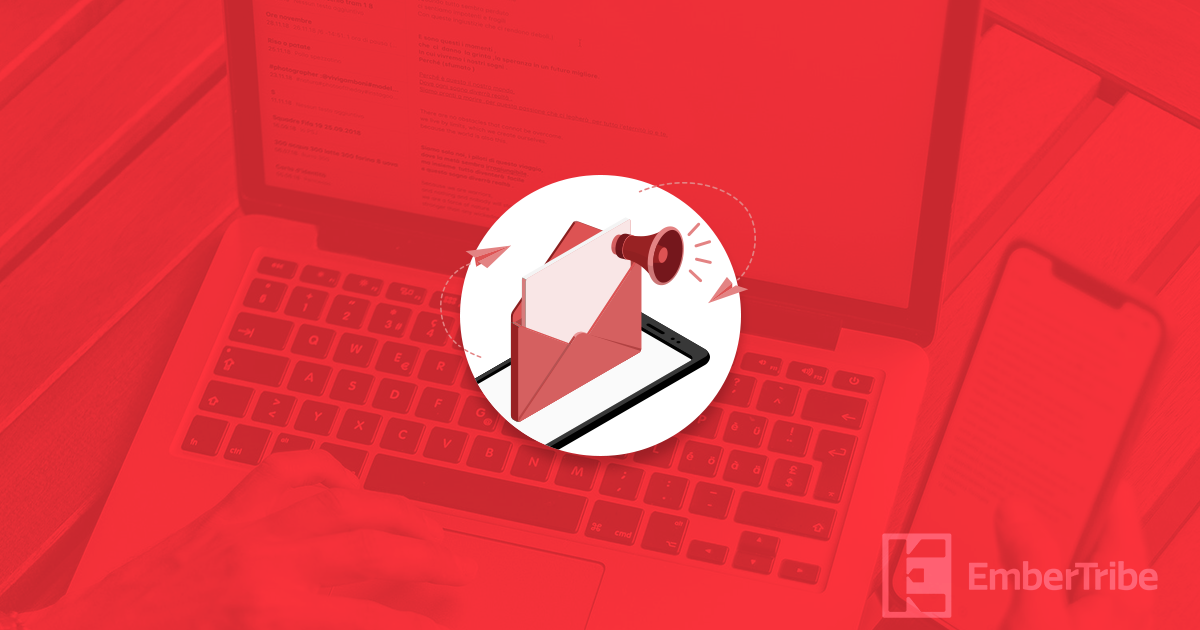
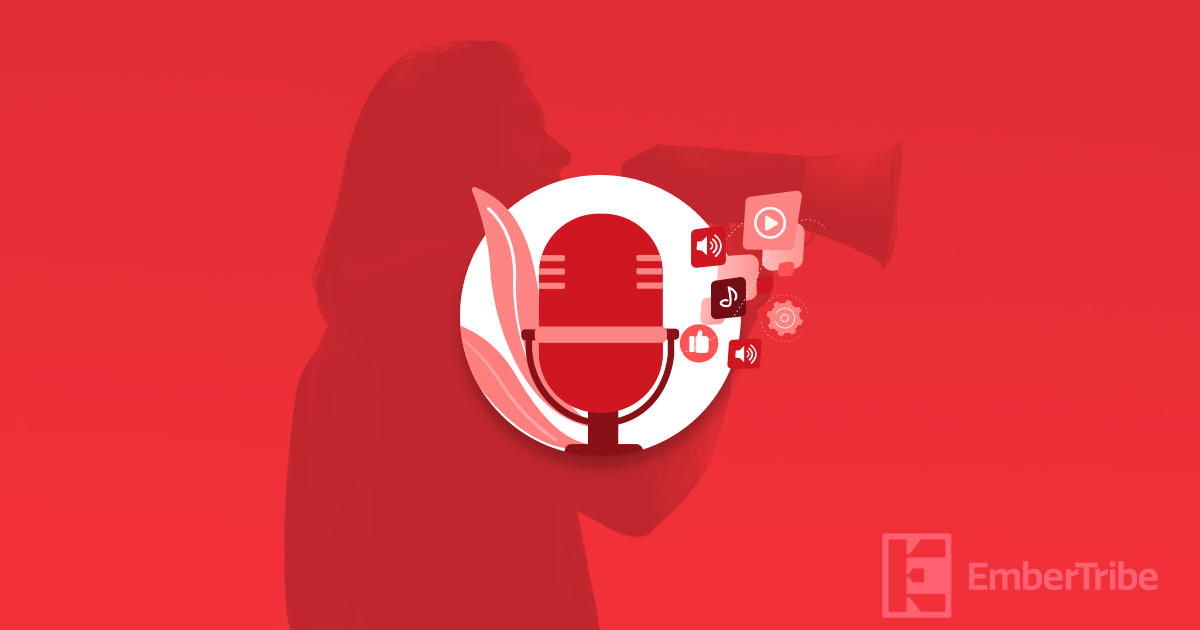
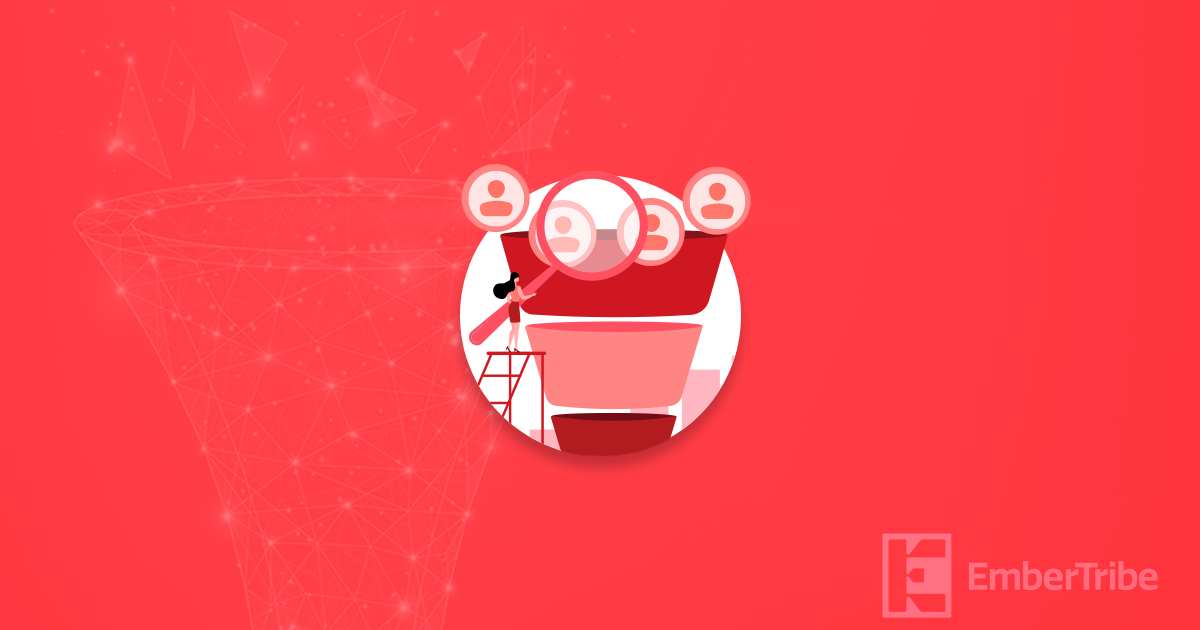

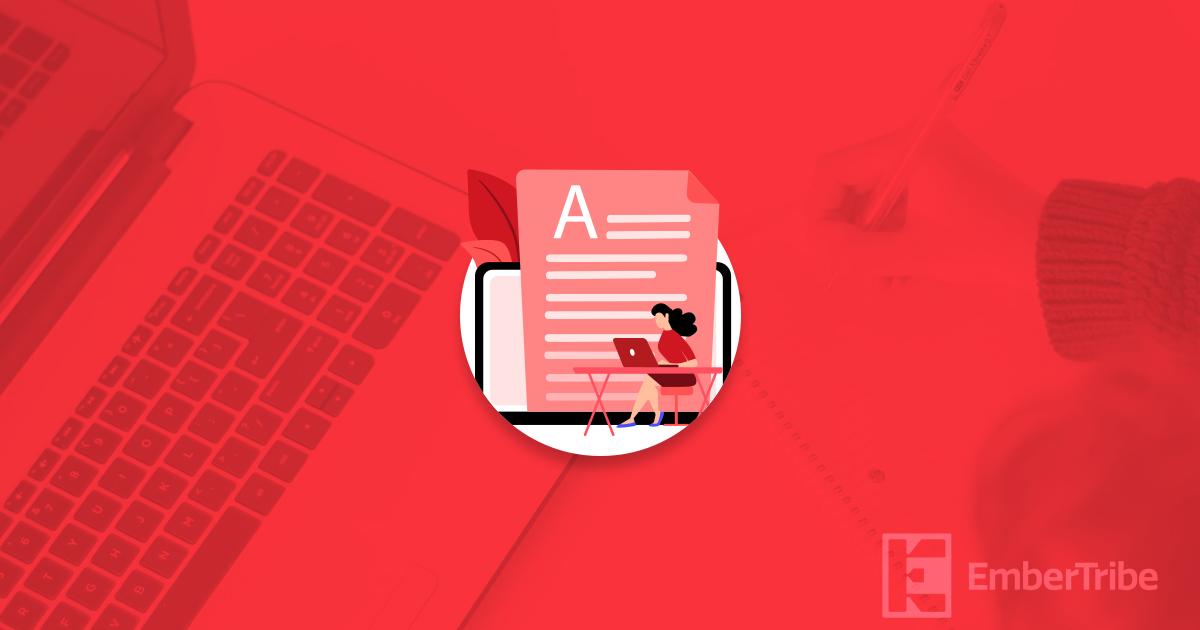
Client Success Story
Client success stories, case studies... po-tay-to, po-tah-to. These two things are one in the same to us.
Our case studies highlight the processes we took to get big wins, but at the end of the day what we're most
excited about is helping our clients succeed.
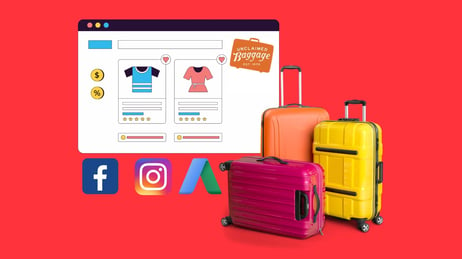
Clothing-shoes-apparel
Multi-Channel Success for eCommerce Brand: Unclaimed Baggage
The brand's primary focus has been on taking lost luggage from airports that have failed to be reunited with their previous owners and reselling the items after an extensive quality control process.

Software
8x in Lead Volume for a B2B SaaS LeadGen
Our client has been in the Software as a Service (SaaS) industry for over 6 years. Their model to acquire clients was based on a Lead Generation strategy with an internal sales team to sign new clients
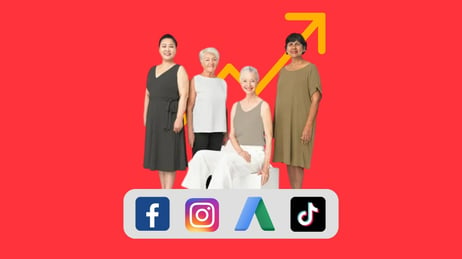
Clothing-shoes-apparel
Expanding Channels for Senior Apparel Brand to Grow Revenue 11% YoY
Our client offers adaptive clothing for disabled & seniors and has been in business since 1930. They are an industry leader looking to see faster YOY revenue growth and capture more market share using paid media in a multi-channel growth system.






